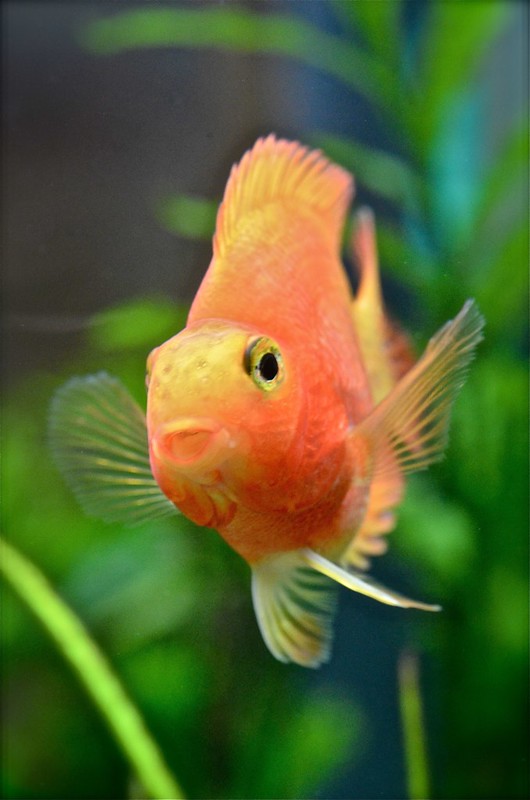 |
| Water garden with lilies. Broadmoor Hotel, Colorado Springs, (Photo credit: Wikipedia) |
The location of the water garden is critical to its ecology and maintenance, as well as to your enjoyment of it. Sunlight is needed for plant photosynthesis. Plants are important to the water garden’s ecology because they produce oxygen, remove and recycle nutrients, and provide shade and hiding places for fish and other inhabitants. A water garden should be situated to receive at least 6 hours of sunlight each day.
However, direct sun at mid-day during the warmest months can cause shallow pools to overheat. Locating the water garden so that it can be viewed from the house will increase your enjoyment and allow you to supervise it. Be sure to control access to the water garden to ensure the safety of children. A good view of the water garden will also help you spot unwanted visitors such as predators.
Water gardens should not be located over utility services. Check with utility companies for the location of underground lines. Water gardens should not be located directly under trees because roots hamper excavation and may cause structural damage later. Also leaves foul the water and over-hanging branches may exude toxic substances into the water garden.
The depth of a water garden depends on design, local climate, and over-wintering strategies. Many year-round outdoor water gardens have a section at least 3 or 4 feet deep that does not freeze in the winter and gives fish a cool retreat during hot weather. Large koi carp, in particular, tend to lose color and become stressed if they do not have a cool place to stay during hot weather.
Construction of a water garden can be simple or complex. Water gardens built of fiberglass or concrete take considerable construction skill. Earthen and plastic liner pools require less construction skill or experience.
Many commercial firms selling water garden equipment offer consulting services on design, construction, and maintenance. Use available expertise and your own creativity to design a water garden reflecting your imagination and taste.
Water gardens can be relatively expensive to build and maintain. Cost of construction varies with size and the materials used but can range from a few hundred dollars to many thousands of dollars. Construction plans should be reviewed by local governmental agencies to ensure that the proposed pool complies with all building codes.
Water gardens may be irregular or geometric in shape. Irregularly shaped water gardens have a natural look, while the geometric shapes appear more formal. Before you start construction, try laying out possible water garden designs using a garden hose or rope.
Whether your water garden is a plastic tub or an aesthetic wonder, good water quality is essential. Poor quality water makes the water garden less attractive and can harm fish and plants. Once the basics of water quality are understood, maintenance will require a minimum of time.
The first consideration is a supply of good quality water to fill the pool. The most common sources are city water and well water. Surface water from a creek or pond is not recommended as it may contain contaminants, diseases and wild fish, any of which may harm the water garden’s ecosystem. If city water is used it must be dechlorinated before adding fish and plants.
One common mistake is stocking too many fish. A water garden is suitable for fish only as long as it can supply adequate oxygen and decompose the wastes produced. The number of fish the water garden can support depends on factors such as the size of the water garden, size of the fish, temperature, amount of sunlight the water garden receives, whether or not aeration is provided, and how well the natural or artificial filtration system removes wastes.
A water garden is a wonderful way to enjoy the natural beauty of aquatic plants and animals and gain a better understanding of the complexities of aquatic ecosystems. Designing the water garden and its surroundings is an outlet for creative expression and enables urban dwellers to add a serene, natural environment to their yards.


